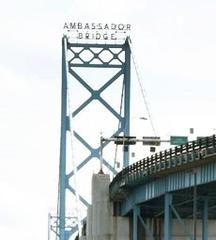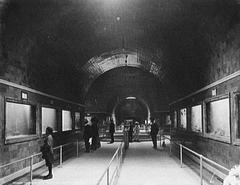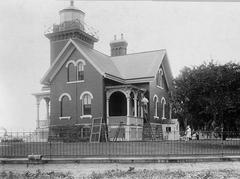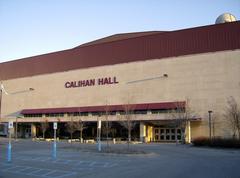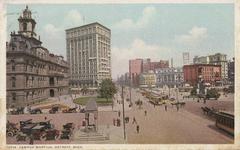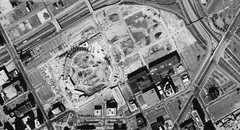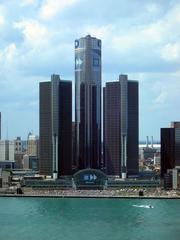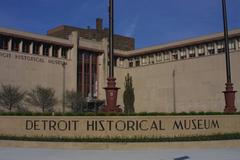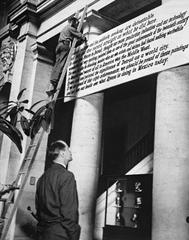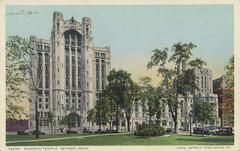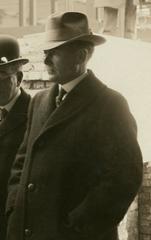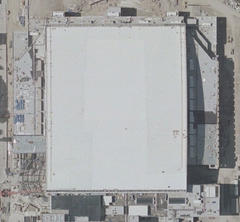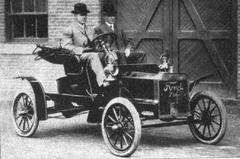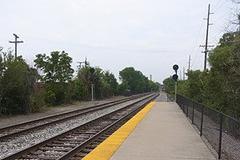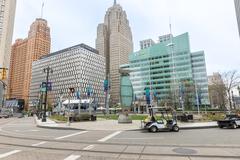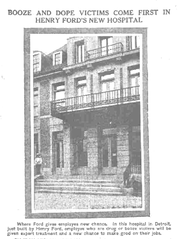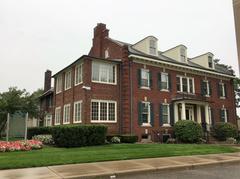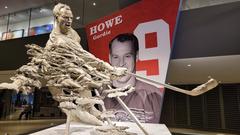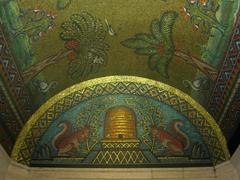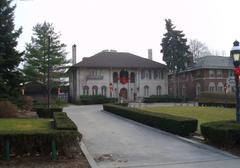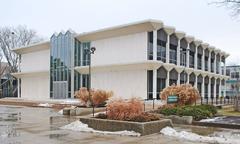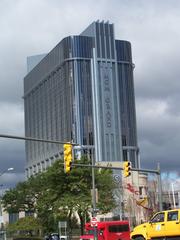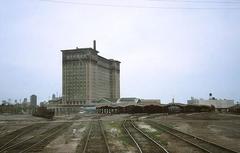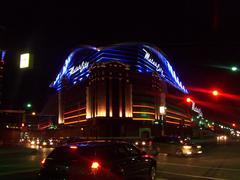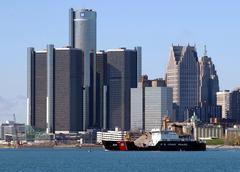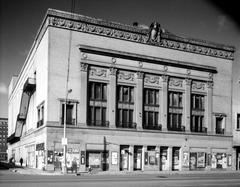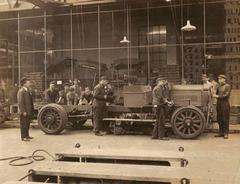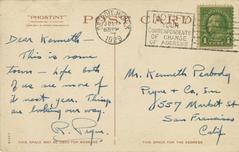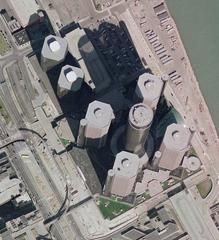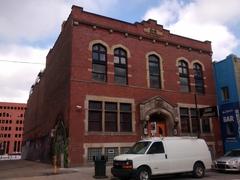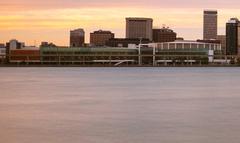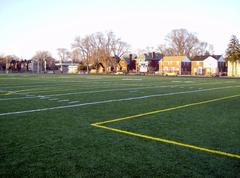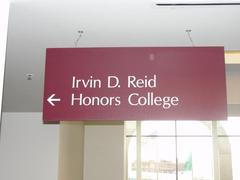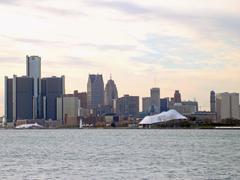
Clay Office and Conference Center Detroit: Visiting Hours, Tickets, and Attractions Guide
Date: 04/07/2025
Introduction
The Clay Office and Conference Center is a beacon of Detroit’s architectural heritage and urban renewal. Originally constructed in 1888 as the Clay School, this historic building is Detroit’s oldest surviving school structure, designed by J.B. Tarleton. Over more than a century, it has witnessed the city’s industrial ascent, social changes, and revitalization efforts. Today, the Clay Center stands as a living example of adaptive reuse, blending late 19th-century architecture with modern functionality.
This comprehensive guide offers practical information for visitors—covering visiting hours, ticketing, accessibility, travel tips, and highlights of nearby attractions. Whether you are a history enthusiast, architecture lover, or a curious explorer, the Clay Office and Conference Center invites you to discover Detroit’s rich past and dynamic present. For additional details, consult sources such as Wikipedia, Activist Architecture LTU, and the Detroit Historical Society.
Table of Contents
- Origins and Early Development
- Architectural Significance
- Role in Detroit’s Educational Landscape
- Adaptive Reuse and Preservation
- Visitor Information: Hours, Tickets, and Accessibility
- Nearby Attractions
- Notable Features and Legacy
- Timeline of Key Events
- Frequently Asked Questions (FAQ)
- Conclusion and Call to Action
- References and Further Reading
Origins and Early Development
The Clay Office and Conference Center began as the Clay School, established in 1873 to serve Detroit’s growing Midtown population (Wikipedia). The original frame structure was soon replaced by a more substantial red brick building in 1888, designed by J.B. Tarleton. This structure stands today as the only extant example of Tarleton’s school designs in Detroit.
Architectural Significance
The Clay School features hallmark elements of late 19th-century Michigan public school architecture—robust brickwork, tall windows, and a symmetrical façade. A prominent central tower, once a defining characteristic, was removed during renovations in the 1970s (Flickr). The building’s preservation provides a rare glimpse into pre-20th-century educational design, predating the widespread influence of Malcomson and Higginbotham’s later school projects in Detroit.
Role in Detroit’s Educational Landscape
For nearly a century, the Clay School played a pivotal role in the community, serving as an elementary school and later adapting to various educational uses, including as a vocational center and a hub for nursing education (Activist Architecture LTU). Its sustained operation mirrored Detroit’s demographic and economic shifts, until its closure as a school in 1981.
Adaptive Reuse and Preservation
After closing, the building was acquired by Sharon McWhorter and transformed into the Clay Office and Conference Center. The renovation preserved significant architectural features—original woodwork, staircases, and classroom layouts—while modernizing the facility to accommodate offices and event spaces. The building’s recognition as a Michigan State Historic Site and its listing on the National Register of Historic Places in 1982 ensure its ongoing protection (Wikipedia).
Visitor Information: Hours, Tickets, and Accessibility
- Address: 453 Martin Luther King, Jr. Blvd, Detroit, MI 48201
- Visiting Hours: The center is open Monday through Friday, generally from 9:00 AM to 5:00 PM. Public access is available during scheduled events, open houses, or by appointment. Always check the official website or contact the center before planning your visit.
- Tickets: Admission is typically free for public events; some special programs may require registration or a nominal fee.
- Tours: Guided tours are occasionally offered, especially during special events. Advance booking is recommended.
- Accessibility: The building is fully ADA-compliant, with wheelchair access, accessible restrooms, and elevators.
- Parking & Transit: Onsite and street parking are available. The center is served by multiple DDOT bus lines and lies within reach of the QLine streetcar (Detroit Department of Transportation (DDOT)).
Nearby Attractions
Exploring the Clay Office and Conference Center puts you in proximity to several of Detroit’s premier cultural sites:
- Detroit Institute of Arts – A short ride away, featuring world-class art collections (DIA).
- Wayne State University – Renowned campus and research institution (Wayne State).
- Charles H. Wright Museum of African American History – Celebrates African American heritage (The Wright).
- Motown Museum – Legendary birthplace of Motown music (Motown Museum).
- Eastern Market – Detroit’s vibrant public market with local vendors and live events (Eastern Market).
- Detroit Historical Museum – Highlights Detroit’s rich urban history (Detroit Historical Society).
Notable Features and Legacy
- Oldest Surviving School Building: The Clay Center is Detroit’s oldest remaining school structure, offering insights into the city’s educational roots (Wikipedia).
- Unique Architectural Heritage: The only extant school designed by J.B. Tarleton in Detroit.
- Model of Adaptive Reuse: The building’s transformation demonstrates how historic properties can contribute to urban revitalization (Traditional Building).
- Community Engagement: Hosting events, workshops, and meetings that foster local collaboration and creativity.
Timeline of Key Events
- 1873: Original Clay School frame building constructed.
- 1888: New brick school building completed, designed by J.B. Tarleton.
- 1888–1981: Served as a Detroit public school.
- 1970s: Central tower removed during renovations.
- 1981: School closes; building purchased for adaptive reuse.
- 1982: Listed on the National Register of Historic Places; designated a Michigan State Historic Site.
- Post-1981: Reopens as the Clay Office and Conference Center.
Frequently Asked Questions (FAQ)
Q: What are the center’s typical visiting hours?
A: Monday–Friday, 9:00 AM–5:00 PM, with access during scheduled events or by appointment. Confirm ahead for current hours.
Q: Is there an admission fee?
A: General admission is free for public events; special programs may require registration or a fee.
Q: Are guided tours available?
A: Yes, typically during open houses or by special arrangement.
Q: Is the site accessible for visitors with disabilities?
A: Yes, the building is fully ADA-compliant.
Q: Can I host an event at the center?
A: Yes, the Clay Center offers rental spaces for conferences and events. Check the official website or contact management for details.
Q: What are convenient transportation options?
A: Parking is available onsite and nearby; DDOT bus lines and the QLine provide public transit access.
Conclusion and Call to Action
The Clay Office and Conference Center is more than a preserved relic—it is a vibrant hub that bridges Detroit’s storied past and its forward-looking present. By visiting, you engage with Detroit’s educational heritage, architectural legacy, and community spirit. Check the latest visiting hours and events, book a guided tour, and explore the neighborhood’s other cultural gems.
To enrich your visit, download the Audiala app for guided audio tours and follow the Center’s updates on social media. For further reading, visit trusted resources like Traditional Building, Detroit Chamber, and Visit Detroit.
References and Further Reading
- Wikipedia – Clay Office and Conference Center
- Activist Architecture LTU
- Detroit Historical Society
- Traditional Building
- Detroit Chamber
- Visit Detroit
- Detroit Department of Transportation (DDOT)
- Motown Museum
- Eastern Market
Internal Links:
- Explore more Detroit historical sites [here]
- Discover Detroit’s top cultural attractions [here]
External Links:
- Activist Architecture LTU
- Detroit Historical Society
- Detroit Department of Transportation (DDOT)
- Official City of Detroit Tourism
Suggested Images:
- Historic Clay School exterior (alt: “Clay Office and Conference Center red brick façade with large windows”)
- Archival photo of the original central tower (alt: “Historic Clay School central tower before removal in 1970s”)
- Interior view after renovation (alt: “Modern conference space with preserved woodwork”)
- Rotating art exhibition in the lobby (alt: “Local Detroit artwork displayed in conference center lobby”)
Interactive Map:
An embedded map showing the center’s location and nearby Detroit attractions.
Experience Detroit’s history and renewal at the Clay Office and Conference Center—where the city’s past meets its future.
Sources:

